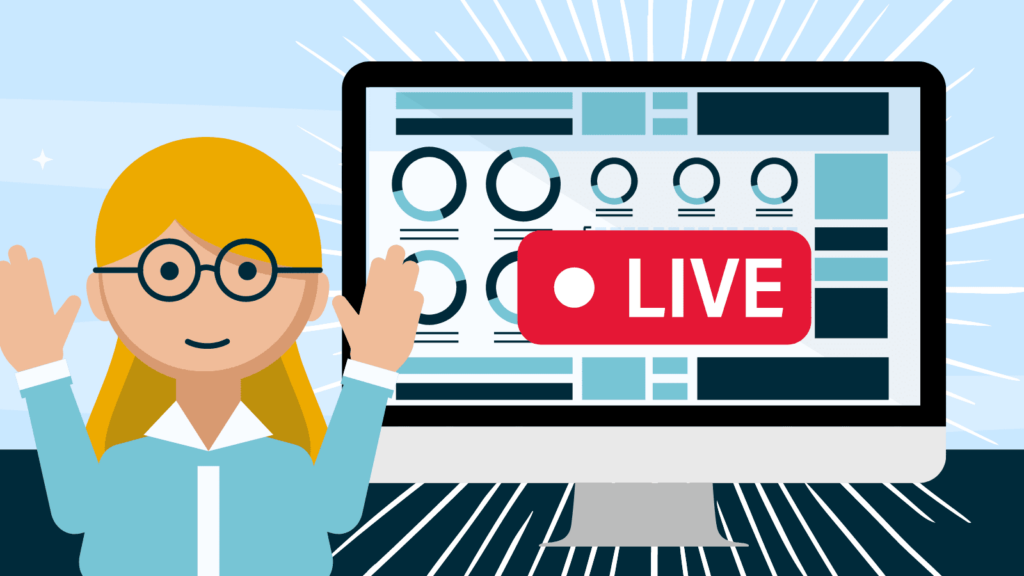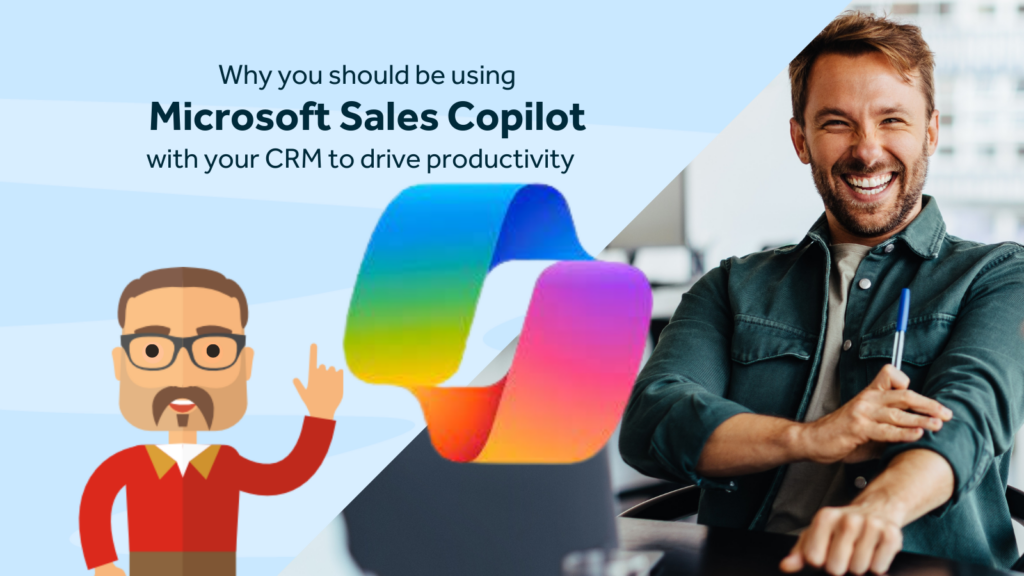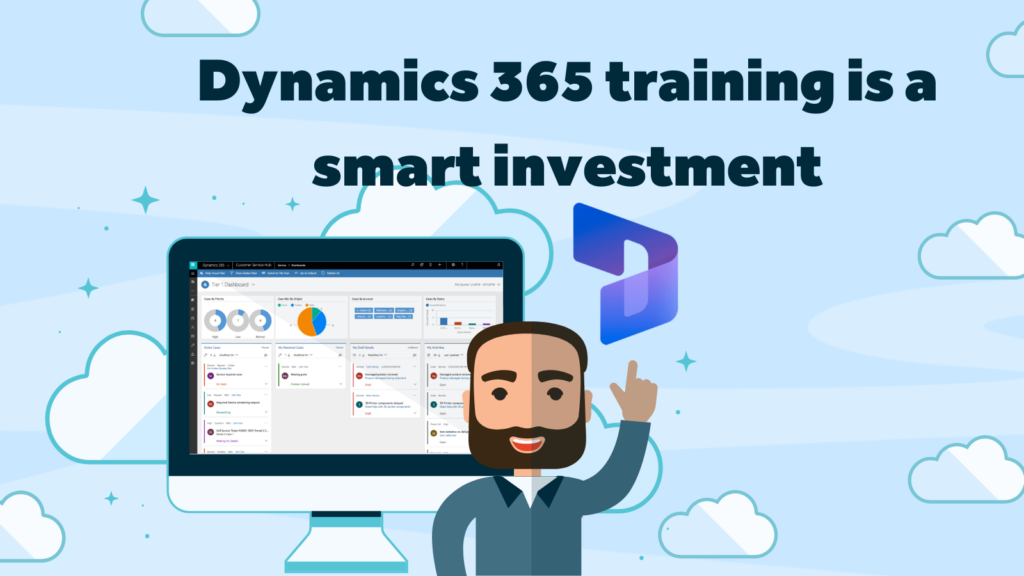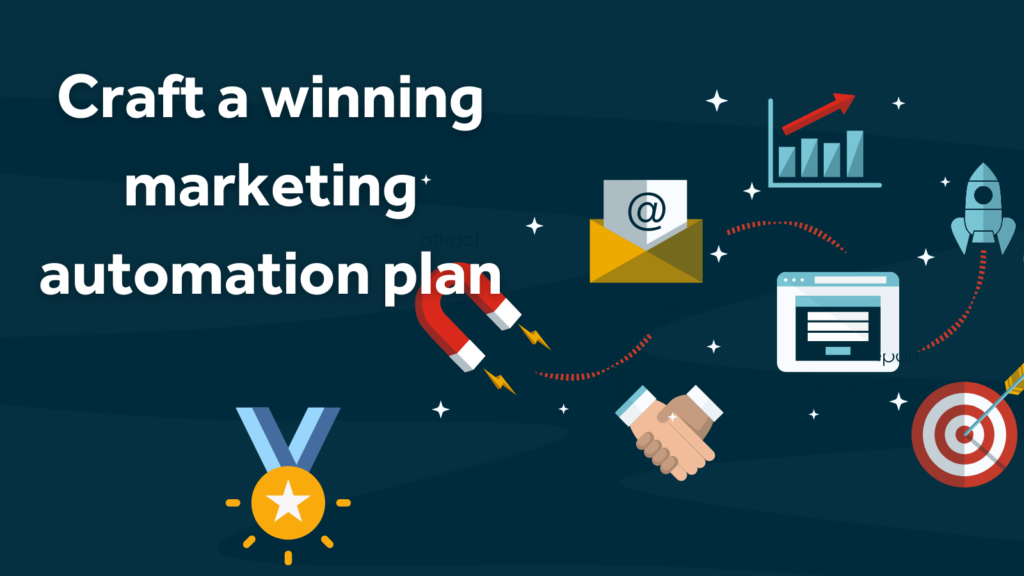Post Go Live
So, you’ve just been through the excitement of the CRM project Go Live. The legacy system has now been disabled, so even the most hardened resisters to change are being forced to use the new system. You, as the CRM administrator, are now going to start really earning those CRM stripes.
CRM has gone live…what next?
No matter how well the training has gone and how prepared you thought you were, there will be some gotcha moments. Once the users start to use the CRM system, for real they will have a ton of questions, and you can be sure that someone will come up with a question no one has thought about so far!
Whatever you do as a CRM administrator, the best thing to do in these early days is to maintain a sense of calm. Don’t get sucked into a swathe of change requests from day one. Very often the users will be missing the relative comfort of their old system and so will probably request some things that will make the new CRM a little bit more like what they are used to. Learn to push back, try to encourage them to take their time and acclimatise to the new system for a while before considering any change requests.
If you have been involved in the project from the start you will know why things have been done in a certain way and it is your job to help your user community to understand these reasons. In most cases the users will settle fairly quickly and adapt to the new system. Not long after that they should start to see the intended benefits on the change.
“Break in” your CRM
What’s really important to realise is that now you are the adopted owner of a new CRM system you must feed it, nurture it and learn how to get the best out of it. CRM can help to grow your business but if it is neglected it will suffer. When bakers make bread they use yeast to help to raise the dough. Yeast is a living organism which needs certain conditions in order thrive and grow. The baker provides food, warmth and moisture for the yeast, which in turn provides benefits to the baker in the form of carbon dioxide which expands the dough to make a well risen loaf.
CRM also needs the right conditions in order for it to help grow your business. It needs care and attention and to be fed. Care, in the form of routine maintenance and updates; Attention, in that it needs to be constantly tuned to fit changing processes; and it needs to have relevant and useful data fed into it on a regular basis. In return it will deliver insights, speedier processes, better communication and many other efficiencies.
Your business is changing all the time and so the systems within it must also adapt. The board level support that you experienced through the initial launch of CRM must continue through the lifetime of the system in order for it to evolve and become vital to organizational progress. Very often due to the lack of an internal driver to push it forward the CRM system stagnates and becomes redundant. Ultimately it can be seen as a “Failed” project, only to be repeated again with a different CRM system 3 years later. The CRM projects that survive and produce a wealth of continuous benefits are those where the organisation has a desire to drive the programme forward and to constantly improve.
Evaluate and review goals and outcomes
Once your project has moved into an operational phase the next thing to do is to have an honest and open reflection of your CRM project to date. Review any measurable goals and targets that were set out at the beginning of the project and hold a lessons learned workshop. It is always a good idea to set out the goals for measuring success from an early stage on any project. Some goals will be quantitative and easy to capture. For example: “increase the number of forms that can be filled in by a worker in 1 hour from 10 to 13”. Some outcomes are less tangible to measure than others such as awareness and attitude. For example: “…increase the customer’s awareness of our platinum service”. There are tools available to assess these types of outcomes such as surveys, interviews, feedback forums.
Once you have gone “live” and the dust has started to settle it is also a good time to reflect on how the initial project performed. This is a useful exercise because there are lessons that the wider organisation can learn from the way the CRM project was handled which can be applied to future projects.
An example is communication.
Communication
- Was communication in your organisation handled efficiently/effectively?
- Was communication between external parties handled efficiently/effectively?
- Were we good at resolving issues?
- Was the e-mail alias usage effective?
- What other ways did we communicate – were they effective?
- Were the status meetings effective?
I have just picked communications as an example but you could also examine many other aspects such as teamwork, training, quality inspection, management and tools used.
In each case look at
- What went well?
- What did we struggle with?
- What could we have done differently?
Next Phase Planning
In keeping with the practice of continuous improvement the end of the initial project should also be the start of the planning for the next phase or next round of improvements (sometimes the word “Phase” can be a bit overwhelming). You probably didn’t make every change that was requested in the initial project so there maybe some useful suggestions still waiting to be picked up and developed. The second round of a traditional phased style of project is also the stage where you might want to start thinking about automating some tasks. Automation should be a goal for any business, but it is best done in incremental stages. Trying to automate everything from day 1 is a recipe for disaster and chaos. When planning for changes a key fact to remember is that CRM is primarily about People and Processes and then using technology to serve the people and the processes and not the other way around.
If you bear these principles in mind and combine them with a desire for simple to use and well-designed interfaces then you will be on the path to transforming your company and its relationships, both internally and externally.
We wish you the best of luck with your new CRM!
About Rocket CRM
Rocket CRM specializes in helping companies with CRM projects. We are a Microsoft partner and are able to supply you with everything you need for your Dynamics 365 CRM project from licenses through to advice, expertise, training and support.
If you have any questions or feedback please contact us.




